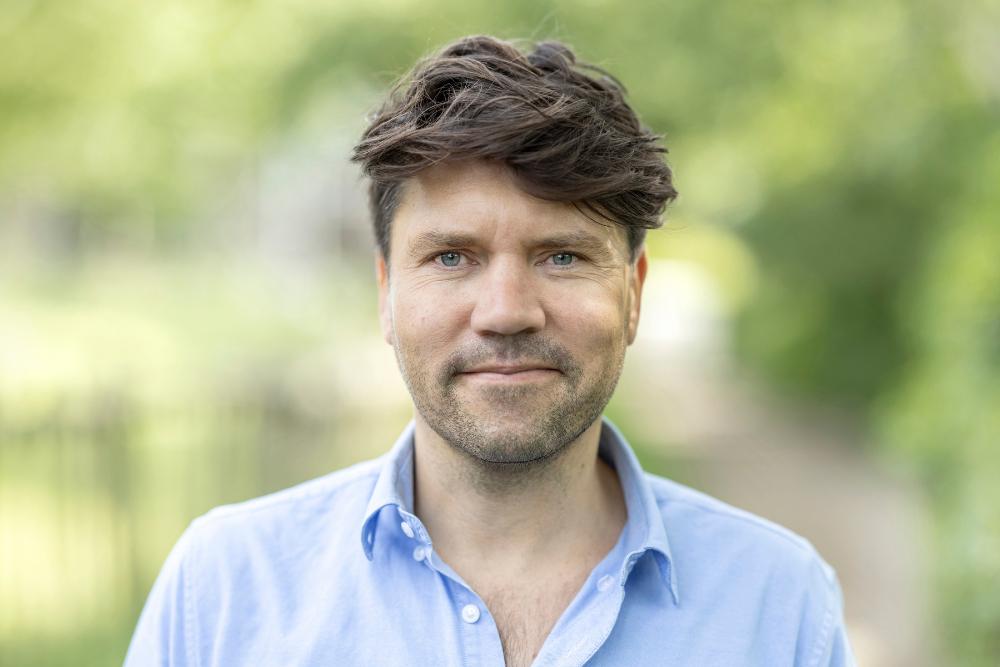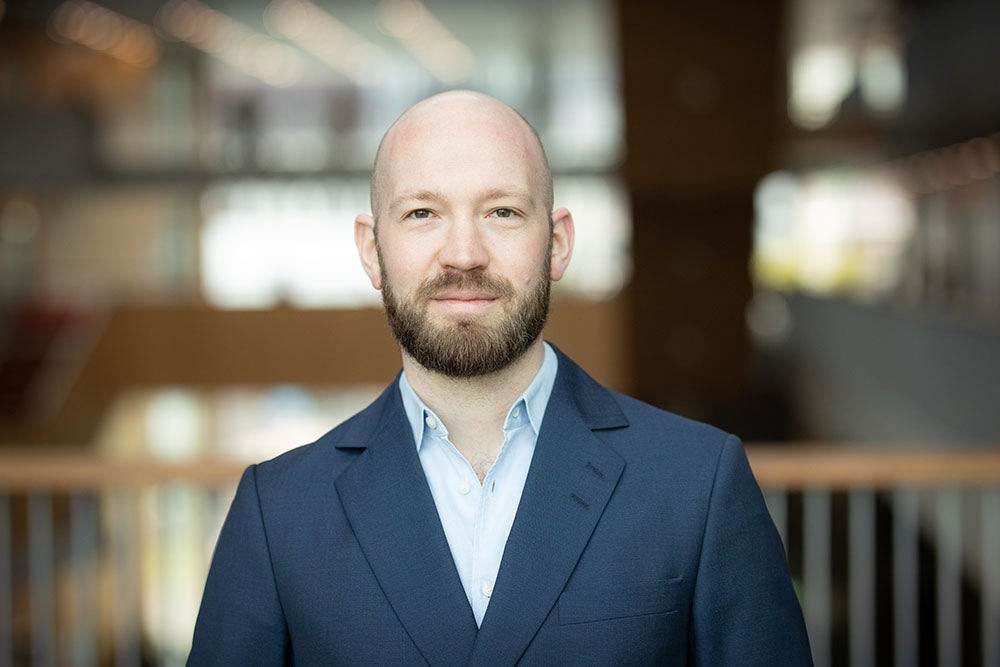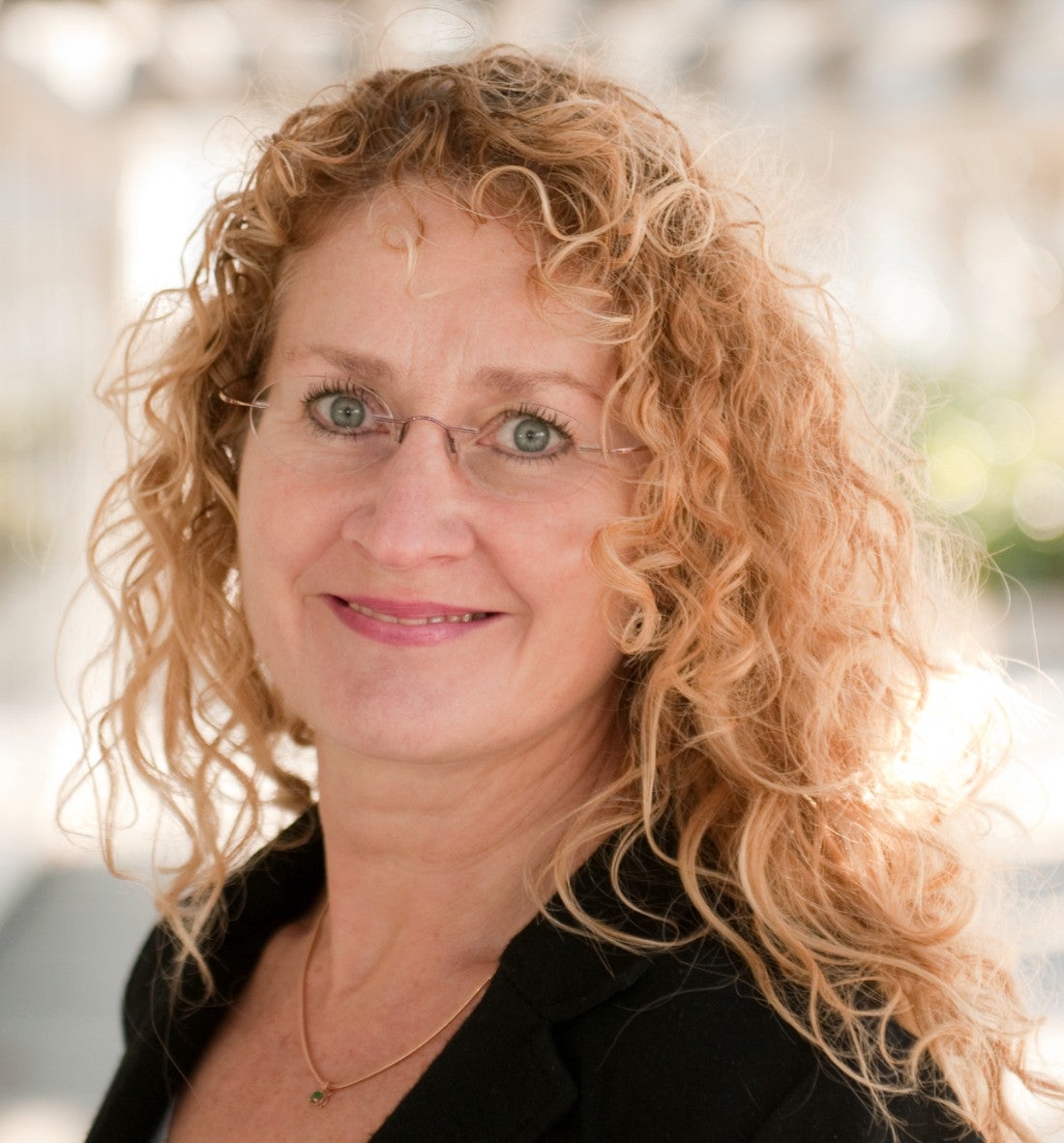Women and men differ biologically and socially, yet the healthcare system still fails to adequately account for these differences. Gender awareness in healthcare is not an ‘extra’, says Petra Verdonk from the Dutch Association for Gender and Health (NVG&G): „It is essential for better diagnoses and treatments.”
What exactly is gender bias in healthcare?
„Gender bias in healthcare manifests in two key ways. Firstly, there is insufficient consideration of sex- and gender-related differences, such as the way cardiovascular diseases present in women. A heart attack in a woman can produce entirely different symptoms than in a man, leading to frequent misdiagnosis. Secondly, gender bias also leads to differences where none should exist—for example, in pain management. Women often have to fight harder to be taken seriously.”
How does this inequality in pain management present itself?
„Research shows that women are more likely to be dismissed with psychological explanations when they report pain to a doctor. They are often told, ‘Maybe it’s stress? Have you tried relaxation exercises?’ No blood tests, no further examinations.”
„Take the insertion of an IUD, for example. For years, it was considered a ‘simple procedure’ that didn’t require anaesthesia. Women who voiced their pain were told it was ‘normal’ or to ‘just push through’. Only recently, when women began sharing their experiences en masse, did the medical world start to acknowledge that this procedure is unnecessarily painful.”
„Women of colour face even greater challenges: they receive even less pain relief due to racist assumptions about their pain tolerance."
„Women of colour face even greater challenges: they receive even less pain relief due to racist assumptions about their pain tolerance. Studies have shown that there is a bias against people with darker skin, based on the false assumption that they feel less pain.”
You have been fighting against gender bias in healthcare for years. Why is the male norm in medical research so persistent?
„This has historical roots. Medical research was traditionally conducted almost exclusively on men. That standard has remained. Additionally, the medical field prefers to play it safe: change means extra costs and uncertainty. The entire system would have to be restructured.”
„Women experience more side effects from medication, but the medical world often doesn’t know whether this is due to biological differences or because women are simply more attuned to their bodies."
„Women experience more side effects from medication, but the medical world often doesn’t know whether this is due to biological differences or because women are simply more attuned to their bodies. More research is needed. What we do know: most drugs that are withdrawn from the market after approval are removed due to adverse effects in women. The AstraZeneca Covid-19 vaccine was a painful example of this. Such failures undermine trust in vaccines, cost enormous amounts of money, and, in this case, could have been prevented with better research.”
Have any steps towards improvement been taken?
„Yes, especially in the field of cardiovascular disease, more research is being done on female symptoms. But implementation in practice is still lagging behind. There are also new initiatives, such as research programmes focused on women’s health, but there is still a long way to go.”
What role does medical education play in this?
„Gender is still not a core part of medical curricula. This means that doctors are not trained to recognise gender-specific differences. As a result, they unconsciously continue to apply the male norm—which is dangerous.”
„Extremist movements put access to gender-sensitive healthcare, including transgender care, under pressure."
How do you see the future of healthcare?
„I’m hopeful because of the younger generation of doctors and researchers. They ask critical questions and demand change. At the same time, I am very concerned about the rise of extremist movements. These forces—with Trump as a current example—are making it increasingly difficult to make progress. This also puts access to gender-sensitive healthcare, including transgender care, under pressure. So, we must remain vigilant and ensure that the progress we have made is not rolled back.”
What can patients do?
„The backlash against the lack of pain relief for IUD insertions is a great example of how patients can make their voices heard. There are several women’s organisations advocating for better healthcare for women, such as Stichting Vrouwenhart, Voices for Women, and Vuurvrouw. Get involved—or start a platform and make your voice heard collectively.”
„Also, be aware that there may be limited medical knowledge available about bodies like yours. Ask your healthcare provider questions. Together, you can learn what quality care should look like.”
Want to learn more about gender bias in healthcare and how to combat it?
On 27 March, Petra Verdonk will speak at the ‘Women VU Aid Symposium 2025’, addressing gender disparities in the medical field. Alongside her, there will be presentations and discussions featuring experts such as Lieke Asma (philosopher and psychologist), Mieneke te Hennepe (medical historian), Merel de Heer (researcher in medical education and women’s health), and Mirjam Kaijer (Voices for Women).
Visit vu.nl/vrouwenvuhulp for the full programme and registration.
'Women VU Aid Symposium 2025’ is organised by the VUvereniging.






